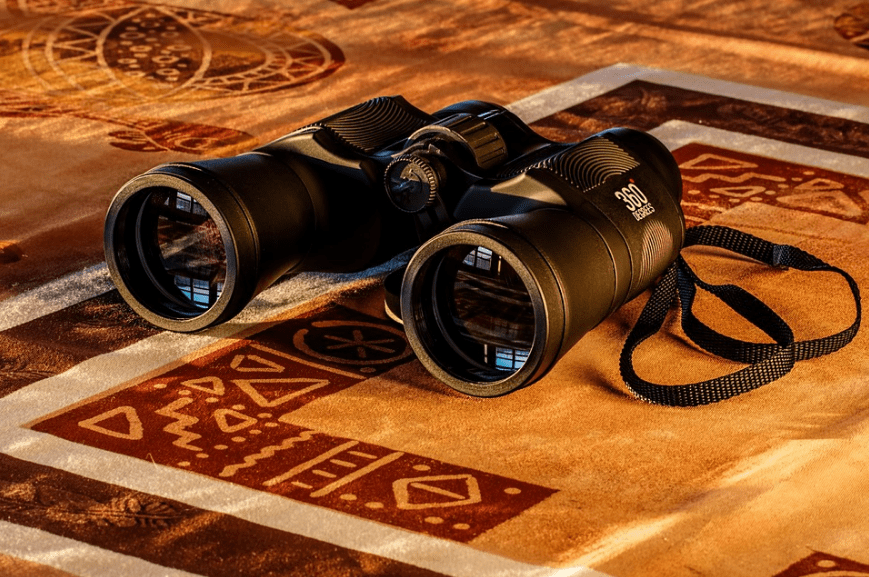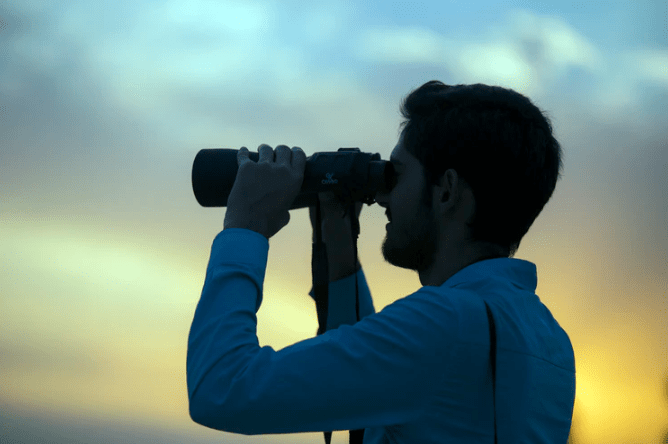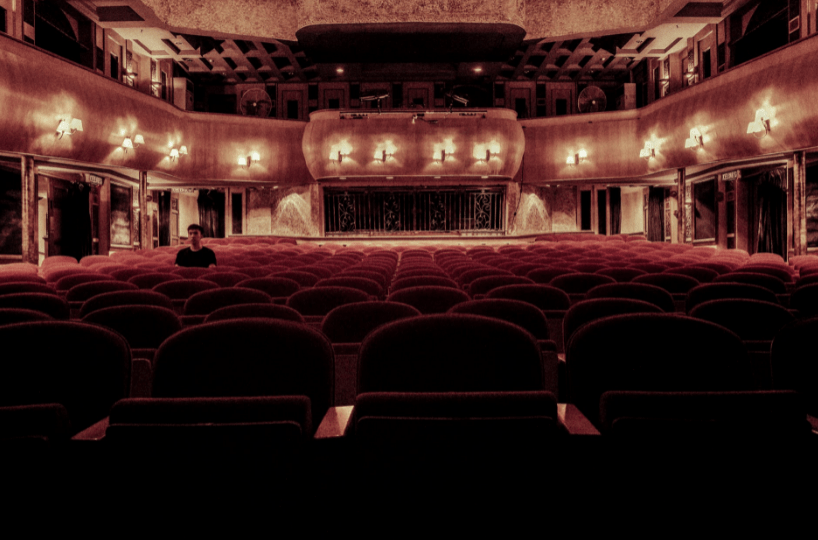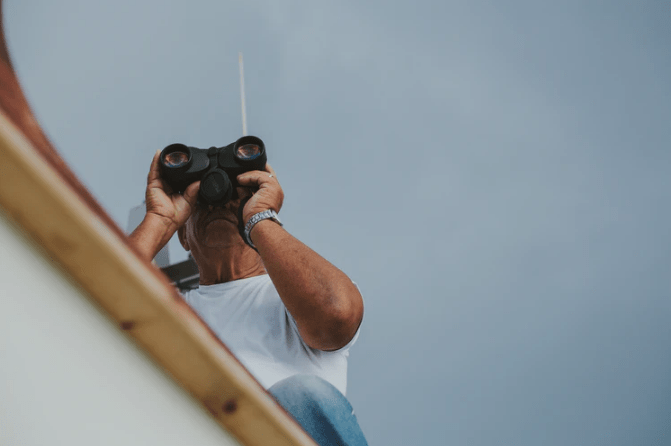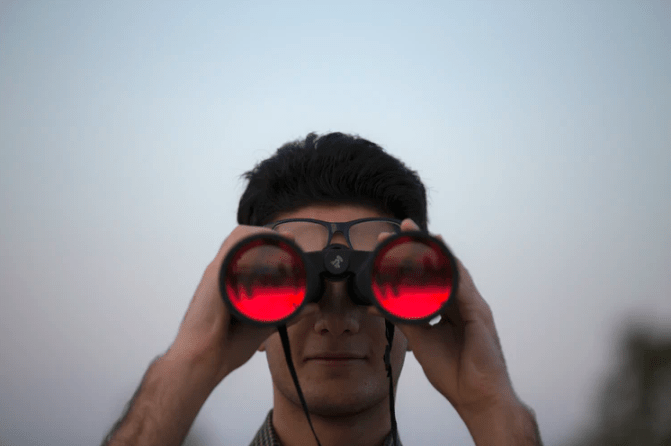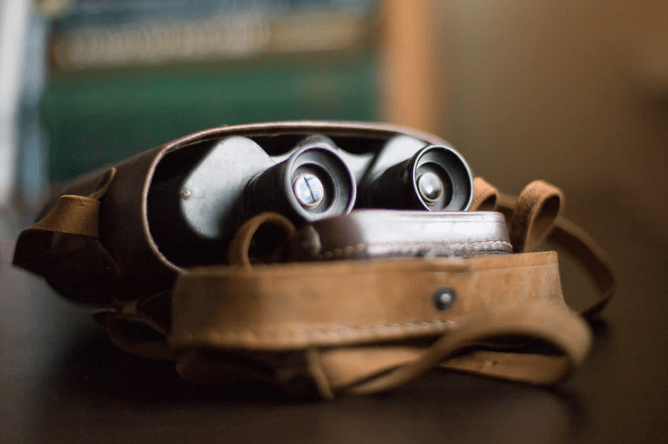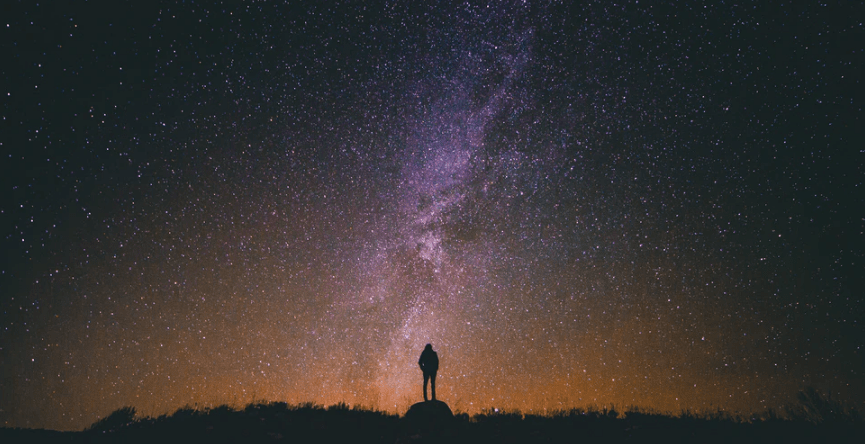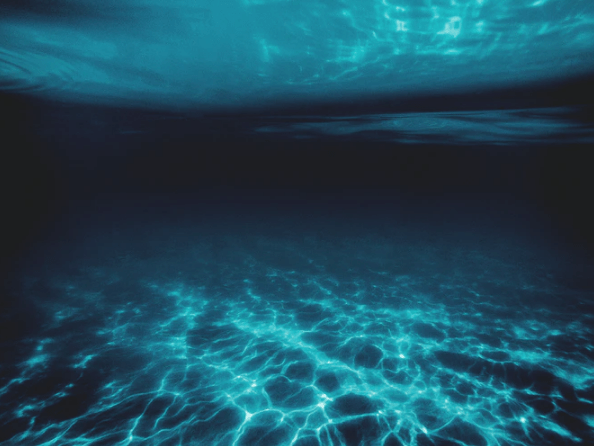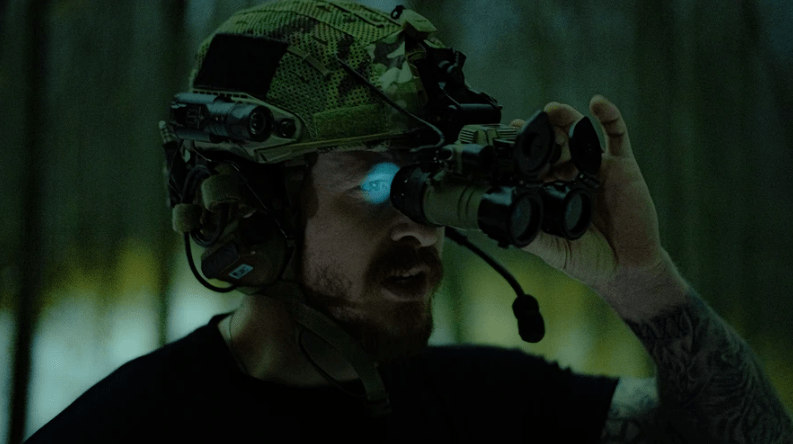Binoculars consist of a set of refracting lenses placed together and made to look in the same direction. This allows the user to observe faraway objects from both eyes. The majority of binoculars are designed in a way that requires both hands to hold. However, the sizes can range from opera glasses to enormous pedestal-mounted military binocular models.
Binoculars also have many other uses in different fields for observing distant objects, calculating distances, etc. You can also use these binoculars on a safari or when hunting. However, every field has its particular need for binoculars and its own required set of specifications.
Hence every field has its own version of binoculars and will likely have a few more specific requirements that some of its other counterparts might not. Still, these binoculars can also be used for a wide range of different things besides hunting.
Types of Binoculars
Binoculars are classified into three major types:
1. Roof Prism
Roof prism binoculars contain lenses and prisms that are directly behind each other. That is why roof prism binoculars are smaller in size. Another benefit of this type of binoculars is that you can manually focus by adjusting the lenses rather than the eyepiece. This way, you can prevent the air from entering the binoculars. As a result, it is less vulnerable to dust and water.
2. Porro Prism
The lens and the eyepiece of the binoculars with the Porro prism are not aligned like the roof prism, but rather an N-shaped curve transports the image. Thus, the housing of these binoculars is broader. The plus point of using this type of binoculars is that they provide enhanced depth perception. The downside is that you often focus by shifting the eyepiece, which allows dust and water to enter the eyepiece.
3. Monocular
Monocular binoculars have only one eyepiece and lens. As a result, the views are much smaller than other types of binoculars. You can see only through the lens with one eye using it.
The plus side is that it is relatively lighter than the regular binoculars, and you can keep an eye on the surroundings with your other eye. In contrast, the only downside of the monocular is that it provides less depth perception.
Alternative Uses of Hunting Binoculars
1. Theaters, Sports and Concerts
Binoculars help get a better view of theater performances during concerts and sports games that you want to attend. It is best to choose small and lightweight binoculars that will fit easily in your backpack. If you want to see the face more clearly, you can apply a magnification level of 8 to 10x. On the other hand, 4x magnification will be better for a good view.
2. Land Surveys and Data Collection
Even though the technology has gone beyond the usage of binoculars for collecting data, they were formerly advanced equipment that the geographers and other geoscientists used. Field glasses are still helpful for surveying huge regions nowadays, but you can also use hunting binoculars.
3. Watching Birds
Bird watching is an everyday activity among nature and animal enthusiasts – hunting binoculars are the standard instrument people use for it. Most human eyes cannot focus enough detail to enjoy or study tiny birds. Usually, binoculars with magnification power ranging from 8x to 10x are used.
The size of the object that collects light is another essential factor to consider when purchasing binoculars. A larger objective lens does better in low light and for seeing vegetation, but it also makes the binoculars heavier than a 30-35mm objective lens.
4. Finding Range
You can use hunting binoculars to find the approximate range of distance shown on the vision in specific binoculars. If the height of an object is determined, this scale shows the distance to it. You can see these scales on ordinary hunting 7×50 binoculars with the angle between the markers equivalent to 5 millimeters.
One millimeter is equal to the angle formed by the top and bottom of a one-meter high object at a distance of 1,000 meters.
5. Used in the Military
Hunting binoculars can also be used in the military with their own unique design. Most early binoculars used Galilean optics until the end of the 19th century but were then replaced by the Porro prism. Binoculars designed for military use are usually more detailed and high-quality than average civilian binoculars.
They usually avoid center focus configurations favoring independent focus, making it weatherproof and more effective. Prism sets used in the military binoculars have multiple aluminized coatings to ensure they don’t lose their reflecting properties if they become wet.
6. Star Gazing
Amateur astronomers frequently use binoculars; their large field of vision makes them excellent for comet and supernova sighting and general observation. Binoculars designed primarily for astronomical viewing have a more significant aperture objective since the objective lens’s diameter increases the overall amount of light collected, determining the weakest star that might be seen.
A magnification of 10x is usually regarded as the bare minimum limit for portable astronomical observation. In case you don’t have one of those fancy telescopes, you can use hunting binoculars to view the stars and the night sky at the very least.
7. Underwater
You can also use hunting binoculars with 8x of magnification for a clear and stable image underwater. Before buying them, make sure that they’re waterproof, and the water won’t spoil the binoculars and seep into the lenses.
You should also get a floating carrying strap that keeps the binoculars from sinking in the water. Some binoculars also come with a compass to guide and tell you the direction, which comes in handy in various ways, especially underwater.
8. Night Vision
Some hunting binoculars also feature night vision with an exit pupil of at least 5 millimeters. The exit pupil is the aperture through which light passes before reaching your pupil. Enough light must enter the binoculars so that you can view your subjects in the dark from a long distance.
Infrared and image-enhancing binoculars are also helpful with night vision. Make sure to get one with features like infrared LED light to help you see better at night.
Hunting Binoculars Can Be Used In Several Ways
Hunting binoculars have many uses. Ordinary binoculars allow you to zoom in on an object and miraculously make far away things look closer, and hunting binoculars take things a step further. You can use them for several purposes, such as in theaters and concerts, for birdwatching, sightseeing, etc.
